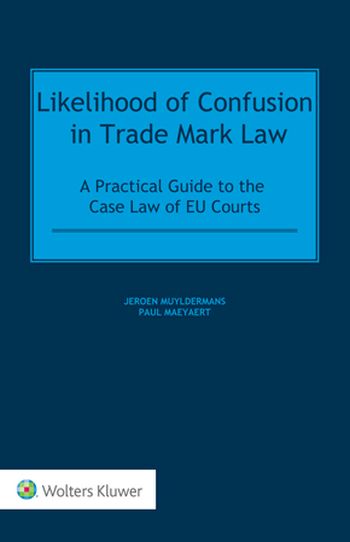
Likelihood of Confusion in Trade Mark Law provides a complete overview of the case law of the General Court and Court of Justice of the European Union on the risk of confusion in trade mark law. The primary purpose of trade mark law is to prevent unfair competition by applying tests for infringement of the trade mark and by providing rights and remedies to the owner of the trade mark. However, since 1994, European Union (EU) case law on trade mark confusion has become so diverse and has grown so much that it is difficult to see the wood for the trees. This is the first book to give a complete synthesis of the more than thousands of decisions that have been handed down over the past decades, illustrated with many examples and images.
What’s in this book: Providing a highly structured and complete overview of the confusion test and all assessment criteria as determined by the General Court and Court of Justice, the authors unravel the concept of likelihood of confusion and establish a sound and thorough methodology for resolving confusion in any trade mark case. Among the practical features offered by the analysis are the following:
How this will help you: The book provides an overview of the main principles and guidelines that EU Courts have set out over time and will help practitioners dealing with trade mark confusion in infringement proceedings before EU or national courts, or in opposition proceedings before national offices or the EU Intellectual Property Office, to approach each case with full awareness of applicable criteria of assessment. This much-needed synthesis of case law will quickly become a standard reference work among lawyers, examiners and judges acting in trade mark matters.